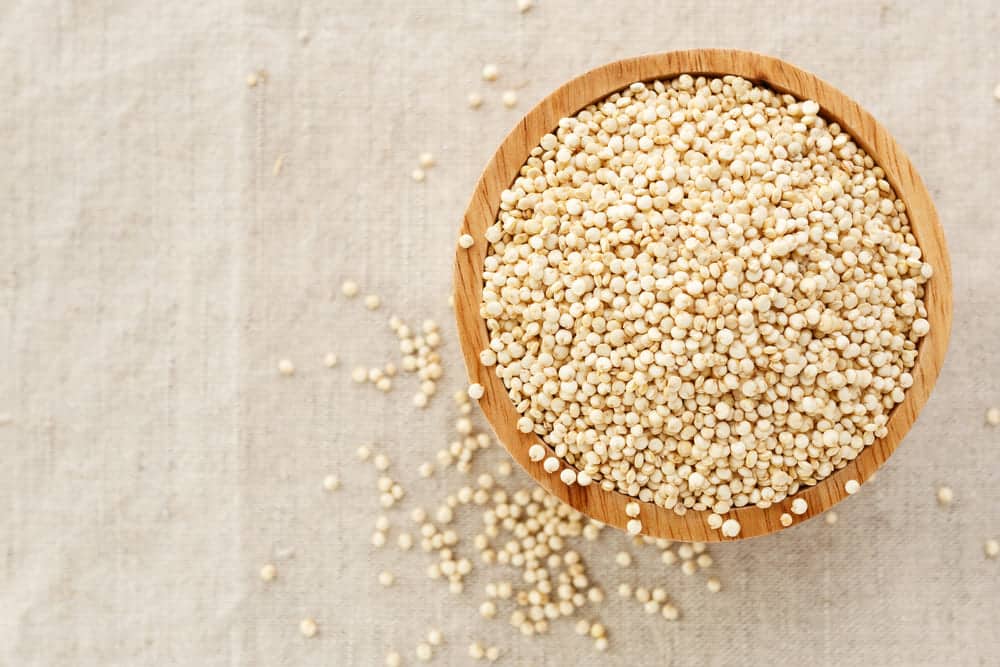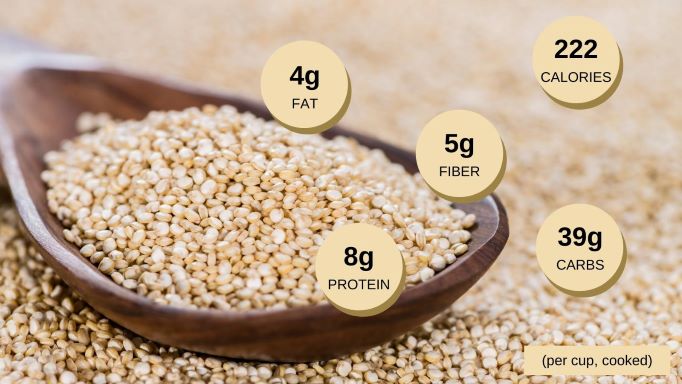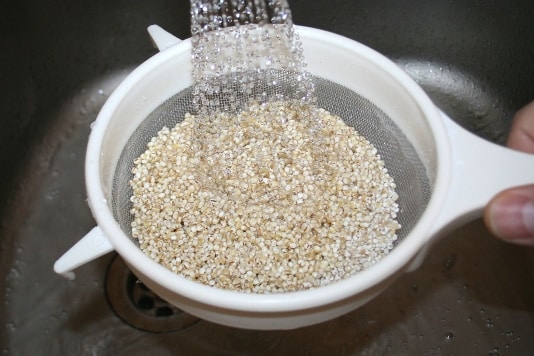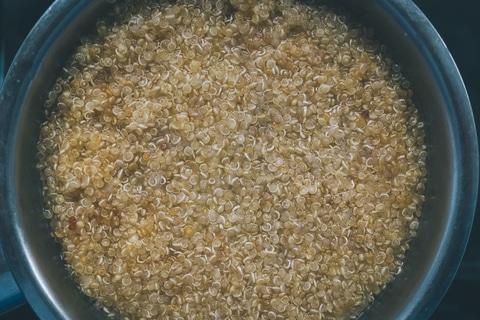
DISCLOSURE: This post may contain affiliate links, meaning when you click the links and make a purchase, I receive a commission. As an Amazon Associate I earn from qualifying purchases.
Quinoa is a grain that many of us have become familiar with in recent years. It is no longer just the domain of health food gurus but has become a staple low carbohydrate, high protein rice substitute in many of our kitchens.
It is also gluten-free which makes it useful for those with digestive issues. Vegans enjoy it for its protein content – it is a complete protein so makes a very useful meat substitute.
Quinoa is incredibly versatile and can be used to make salads, protein shakes, breakfast porridge, and more.
[amazon box =”B00YSW441C”]
It is known as a “superfood” and with good reason. Even the Incas called it “the mother grain”. They may have been right because quinoa has an impressive nutritional profile:
- It’s a better source of fiber, protein, B vitamins, and iron than refined grains
- It consists of 15% complete protein
- It’s gluten-free
- Quinoa is rich in other key nutrients such as magnesium
- One cup of cooked quinoa contains 222 calories, 39 g of carbohydrates, 8 g of protein, 6 g of healthy fats, and 5 g of fiber
On the subject of cooking, if you are unfamiliar with this grain, you may be wondering if it’s supposed to be eaten soft like rice or slightly crunchy. We’ll answer this question for you in this article.
Is Quinoa Supposed to Be Crunchy?
The short answer is no, but it can be firm. Because quinoa can be used in so many different dishes, there are various ways of preparing it and many preferences.
For some dishes, you may prefer it with a little more “bite”, while for others, you may want it as soft as possible.
How to Cook Quinoa
1. Begin with rinsing the grains well. Put them in a fine-mesh colander and wash them under a cold water tap. This is to remove any dust and also the natural, slightly bitter saponin coating around the grains. Saponin can cause some people to have stomach irritation.
2. Use a ratio of 1 part quinoa to 2 parts of cold water. Add a big pinch of salt to taste.
3. Put the quinoa, water, and salt into a saucepan and bring to a boil, uncovered, over a medium flame. Once boiling, decrease the heat a little so that the mixture is simmering gently. (Don’t cover the pot or the grains will become mushy.)
4. Cook it until all the water has been absorbed and the grains are soft with a little “bite”.This usually takes 10-15 minutes.
5. Remove the saucepan from the heat and put the lid on. Allow the quinoa to steam for a few minutes. This makes it fluffy and light. Fluff it up further with a fork.
To conclude
Depending on the recipe and personal preference, cooked quinoa can be firm and “al dente” to very soft and almost mushy.
However, it should not be crunchy. This would mean that it is undercooked. If yours is like this, add a little more boiling water and cook it for a few more minutes.


